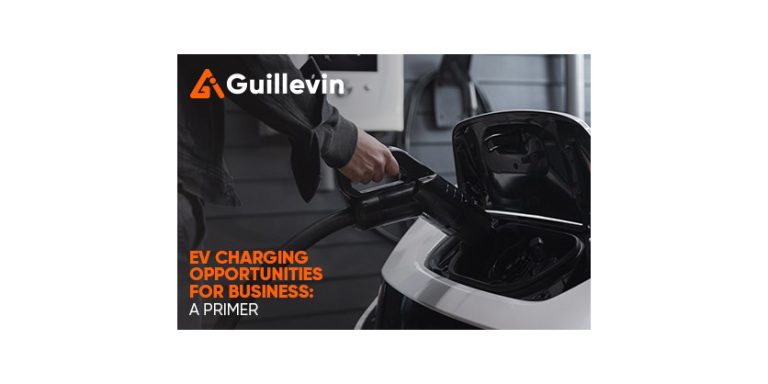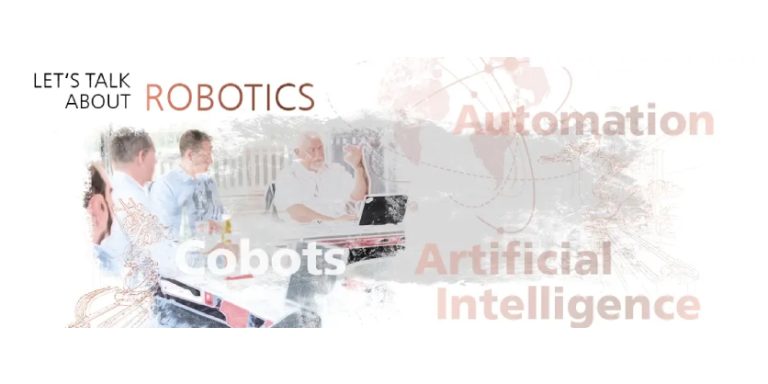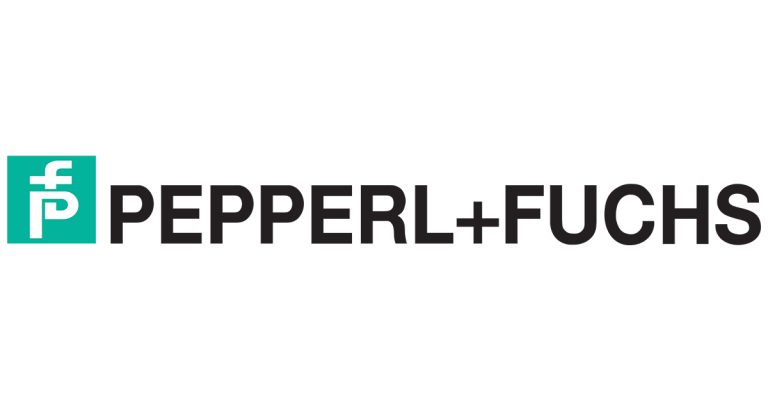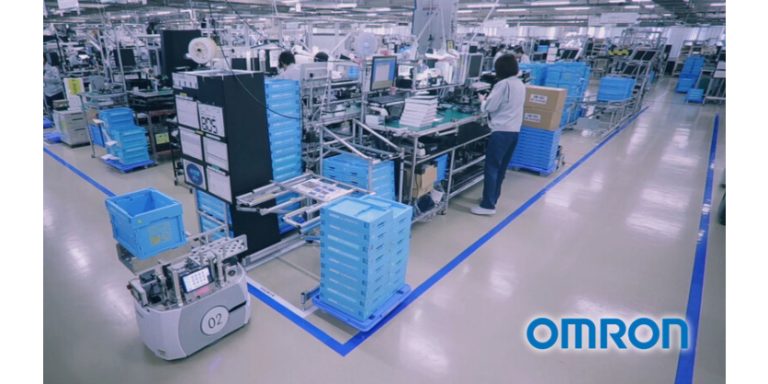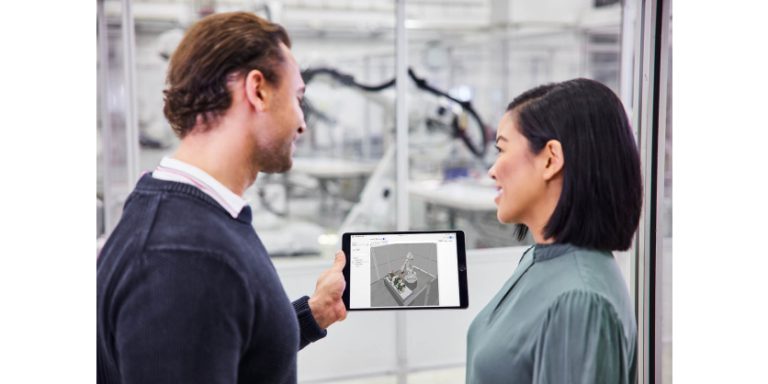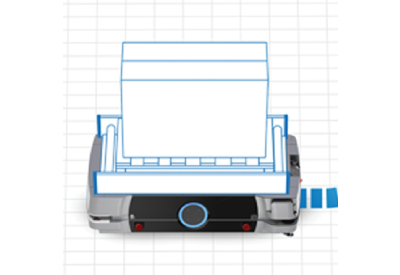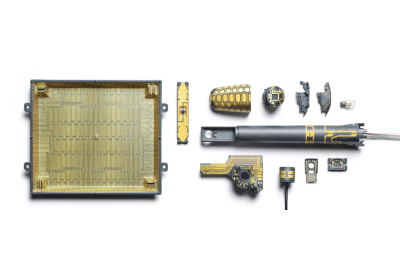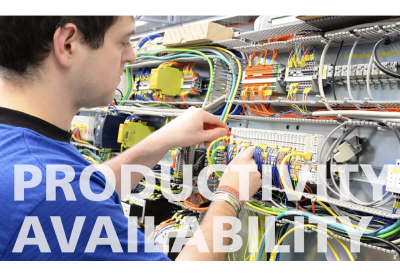All About Outdoor Fiber Optic Cable
February 2, 2023 Outdoor fiber optic cables meet many needs, and are suitable for all types of installations, whether residential, commercial or industrial. What type of outdoor cable should you choose from among the different types of size and use according to your needs? Guillevin’s experts can help. All about Outdoor Fiber Optic Cable (outside…

